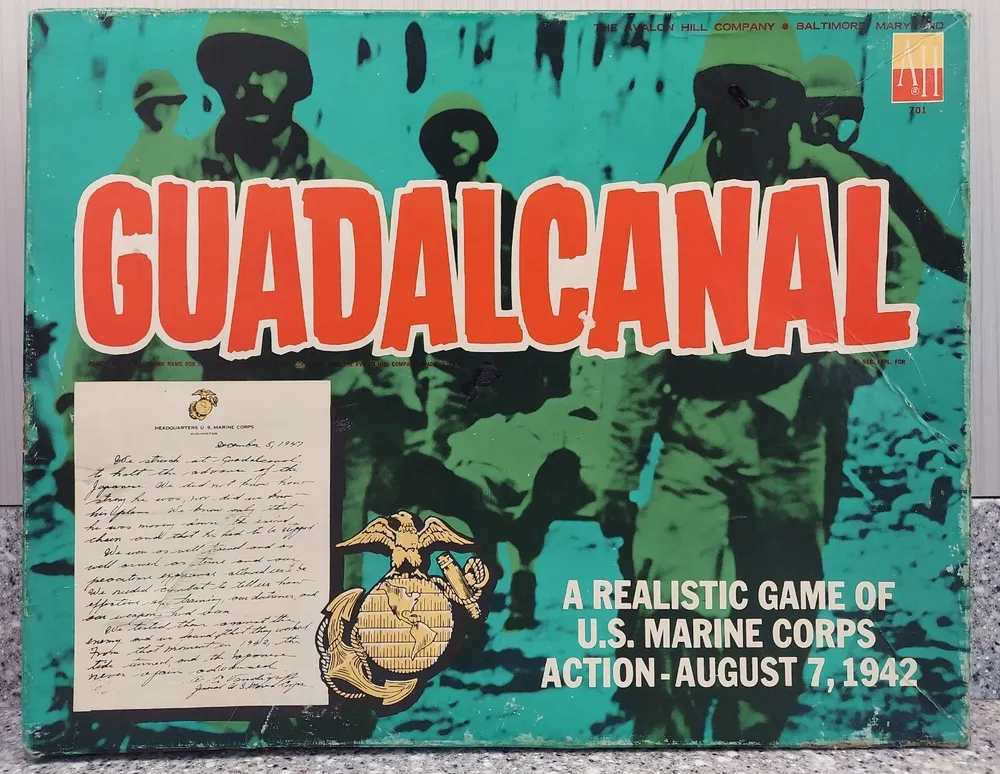Guadalcanal (1992)
Guadalcanal (1992 game)
“Guadalcanal” is a board wargame published by Avalon Hill in 1992 as part of the Smithsonian American History Series. The game simulates World War II naval battles near the Solomon Islands, focusing on the land battle of Guadalcanal from August 7, 1942, through January 29, 1943. It is designed for two players and uses hexagonal maps and counters to represent battalion-sized units.
Why is Guadalcanal (1992 game) Popular?
“Guadalcanal” is a popular and significant game for several reasons:
– It is part of the Smithsonian American History Series, which adds credibility and educational value to the game.
– The game simulates historical events and units, providing an engaging and immersive experience for players interested in World War II and the Pacific Theater.
– It is a hex-based wargame, which offers a level of complexity and realism that appeals to strategy and history enthusiasts.
– The game can be played with a variable number of players, making it adaptable to different group sizes.
Game Components of Guadalcanal
How To Setup Guadalcanal
Setting up Guadalcanal involves preparing the search boards and battle boards. Each player has their own search board with full knowledge of their friendly forces but limited knowledge of the opponent’s. The setup time is approximately 15 minutes. Players must deploy their units at the start of each scenario, which includes naval battles of the Coral Sea, Guadalcanal, and Santa Cruz.
Gameplay Mechanics and Game Objective
Player Experience
Guadalcanal is designed primarily for two players but can be adapted for an umpired multiplayer game. The game requires strategic planning, intuition, and the element of surprise. Players must balance the need for reconnaissance with the risk of revealing their own positions. The game’s mechanics reflect historical naval warfare, making it engaging for those interested in World War II history and tactical strategy.
Pros
Cons
Personal Thoughts on Guadalcanal
Guadalcanal is ideal for fans of World War II history andthose who enjoy strategic wargames. It offers a deep and immersive experience that requires careful planning and execution. While it may not be the best fit for casual gamers due to its complexity and length, it is a gem for those who appreciate historical accuracy and tactical depth in their board games.
We are supported by our audience. When you purchase through links on our site, we may earn an affiliate commission, at no extra cost for you. Learn more.

